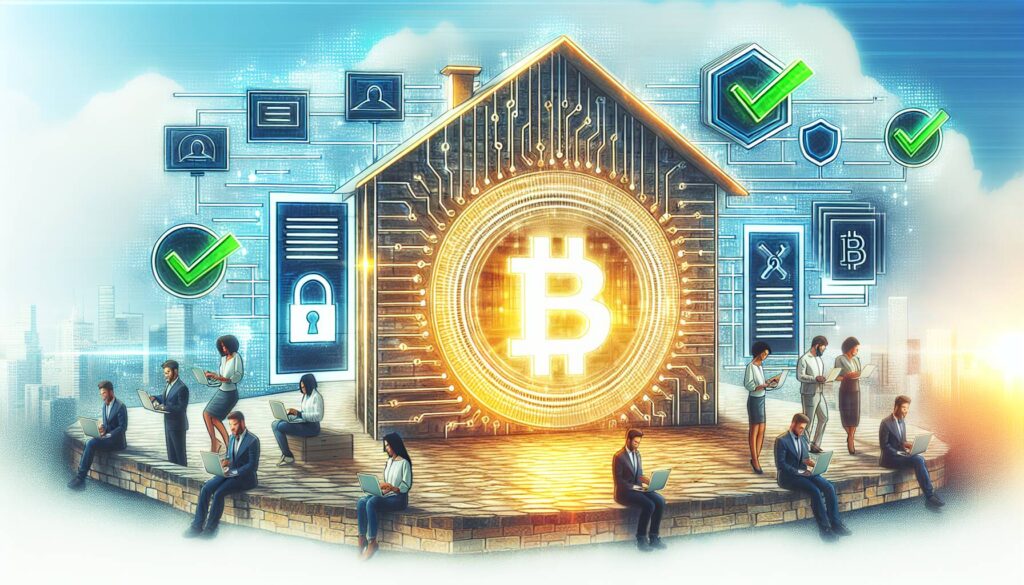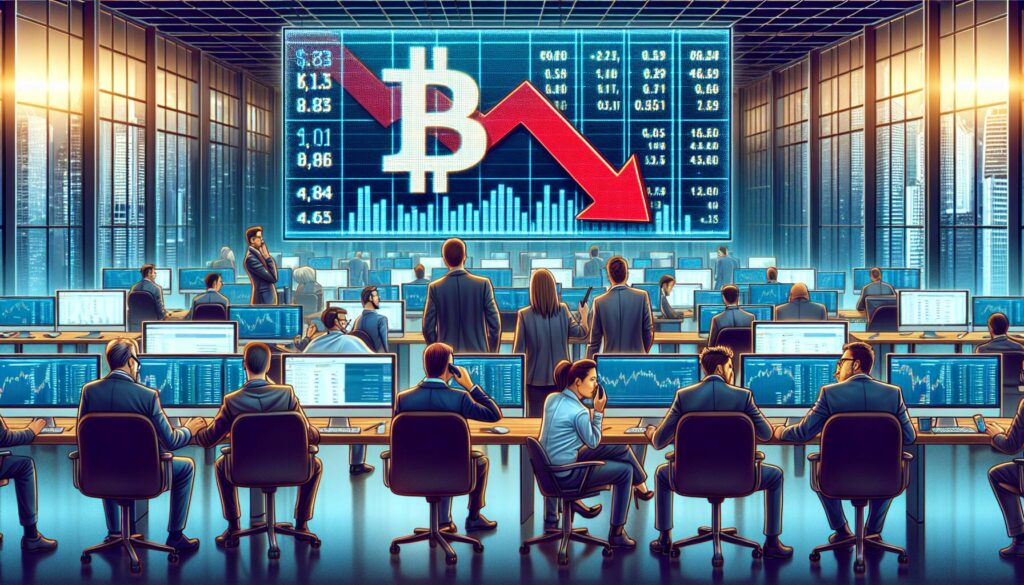The cryptocurrency landscape is witnessing a new development as a Trump-backed stablecoin project takes center stage, introducing an innovative rewards system for its early adopters. Through its USD1 points program, the initiative aims to distribute tokens across six prominent exchanges, signaling its intent to not only enhance user engagement but also broaden its reach in the decentralized finance (DeFi) realm.
This novel approach enables the project to intertwine the digital currency space with real-world asset integrations, promising a seamless experience for users. As the stablecoin sector continues to evolve, this project stands out by actively incentivizing participation, providing a tangible benefit for early supporters. The expansion into DeFi is particularly noteworthy, as it showcases the project’s ambition to establish itself firmly in a rapidly growing market.
“We are committed to building a robust ecosystem that rewards everyday users,” a representative from the project stated.
The combination of a well-recognized political endorsement and a forward-looking rewards strategy could change the game in stablecoin adoption, attracting attention from both seasoned crypto enthusiasts and those new to the world of digital assets. As it navigates this dynamic environment, the project’s efforts to bridge traditional finance with innovative blockchain technology will be closely watched.

Trump-Backed Stablecoin Project and Its Impact
This new stablecoin initiative offers unique opportunities for early adopters. Here are the key points:
- Early Adoption Rewards:
- The USD1 points program incentivizes early adopters, offering them a head start in potential earnings.
- Participants can accumulate tokens that may appreciate in value as the project gains traction.
- Distribution Across Exchanges:
- Tokens are being distributed across six different exchanges, enhancing accessibility for users.
- This broad distribution may create liquidity and foster a user-friendly ecosystem.
- Expansion into DeFi:
- The project’s entry into decentralized finance (DeFi) could provide users with more financial tools and services.
- Involvement in DeFi may offer users higher interest rates on their holdings compared to traditional finance.
- Integration with Real-World Assets:
- As the project integrates real-world assets, it could enhance the stability and value proposition of the stablecoin.
- This integration may also attract a broader audience not limited to crypto enthusiasts.
The developments in this project could enable users to explore new financial opportunities and partake in a growing digital economy.
Trump-Backed Stablecoin Project: Navigating the DeFi Landscape
The recent launch of a stablecoin project backed by Trump highlights an innovative approach to cryptocurrency adoption, particularly through its engaging USD1 points program. This initiative rewards early adopters, a strategy that has garnered attention and could potentially disrupt the traditional stablecoin market. By employing a model that incentivizes users across six different exchanges, the project not only enhances liquidity but also promotes wider acceptance within decentralized finance (DeFi) ecosystems.
In comparison to other stablecoins, like Tether (USDT) or USD Coin (USDC), which have established themselves as market leaders, this Trump-backed initiative holds a significant competitive advantage by targeting a unique demographic that may resonate with its political backing. Additionally, the integration of real-world assets into its offerings positions it favorably against competitors like DAI, which primarily focuses on crypto-collateralized mechanisms. However, potential downsides could emerge from regulatory scrutiny given the association with a high-profile political figure, which might deter some investors and contributors who prefer a more neutral stance in their financial dealings.
This project could be particularly beneficial for investors looking to diversify their portfolios with politically-influenced digital assets while engaging in the growing DeFi space. On the other hand, it may create challenges for existing players who could face increased competition and pressure to innovate their own reward structures or risk being left behind in the evolving market.
















